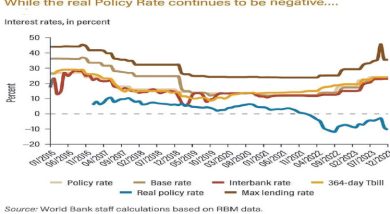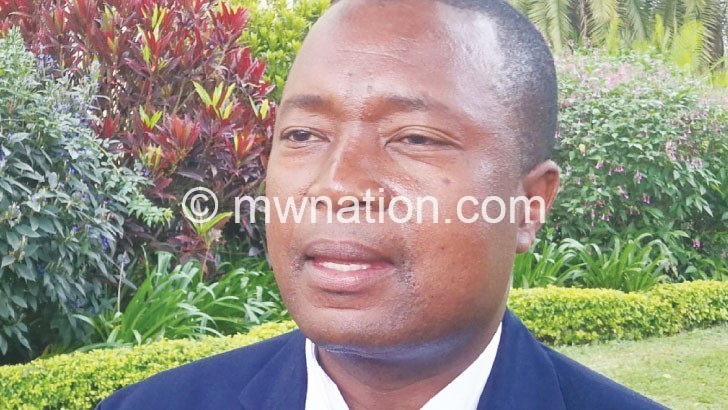Workers condemned to income poverty—UN
For years, Benjamin Jonas has been working as a casual labourer in the construction sector, but with no success to show for it.
The father of three, has been earning an average of K25 200 every fortnight.
Says Kaunda: “The money was used primarily to feed my household and pay rentals.
“We did not even have the luxury of life, it is just a matter of daily living.”
However, having spent seven months out of employment, he has been struggling to make ends meet.

Adds Kaunda: “It is now difficult to find employment. The unfortunate part is that as labourers, we don’t have an opportunity for employment benefits, making it more difficult to survive when we become of age.”
He is among the 92 percent of Malawians of the total employed population in informal sector, a situation the United Nations says condemns most of them to chronic income poverty and widens income disparities between formal and informal sector employees.
In its analysis on labour policy and employment in Malawi, the United Nations Conference on Trade and Development (Unctad) observes that the majority of the 92 percent have no access to employment benefits or social protection programmes.
According to Unctad, since 2001, the proportion of women who are vulnerably employed has been steadily increasing as the proportion of vulnerable employed men marginally declined from 57.1 percent of the total male workforce in 2001 to 54 percent in 2022.
Reads the report in part: “This suggests that while there are slightly more men than women employed in the informal sector in Malawi, employment opportunities, conditions and incomes for men are generally better than those for women in the sector.
“Thus, pervasive informality in Malawi does not only perpetuate income inequality between the formal and informal sectors, but it also deepens poverty and widens income inequality across gender.”
Accordingly, a higher proportion of the female working population than men are living below the $1.90 (about K3 230) international poverty line in Malawi, potentially a higher figure if the rate was to be calculated based on the revised international poverty line of $2.15 (about K3655),
Similarly, an average of about 76.2 percent and 64 percent of the total industrial and service sector workforce is informally employed.
In an interview on Tuesday, Scotland-based Malawian economist Velli Nyirongo observed that while supporting informal workers through cooperatives or associations can give them a stronger voice to advocate for better working conditions, equipping them with relevant skills can enhance their employability and income-earning potential.
He said: “Informal businesses often operate in a less regulated environment, lacking access to resources and formal credit.
“This can hinder their productivity and innovation, impacting the country’s overall economic growth potential.”
He said with a large informal sctor, governments miss out on potential tax revenue that could be used to fund social programmes and infrastructure development, further hindering poverty reduction efforts.
On his part, agricultural economist Steve Kayira observed that complete eradication of informality may not be feasible, but transitioning some informal workers to formal sector while improving conditions within the informal sector can contribute to poverty reduction and the country’s development.
He said: “Informal employment means workers are not contributing to the formal tax system.
“This reduces the government’s revenue base, limiting its ability to invest in essential public services, whose lack perpetuates poverty and inequality besides lack of access to employment benefits or social protection programmes. This leaves informal employees economically vulnerable, especially during times of economic downturns.”
Kayira said addressing the issue demands a multi-pronged approach such as investing in training programmes that equip informal workers with skills for formal employment.
In September 2023, the second edition of the Multidimensional Poverty Index jointly published by the Ministry of Finance and Economic Affairs and the National Statistical Office showed that 58.9 percent of Malawians live in multidimensional poverty.






Fantastic site. A lot of helpful info here. I’m sending it to some buddies ans additionally sharing in delicious. And naturally, thanks on your sweat!